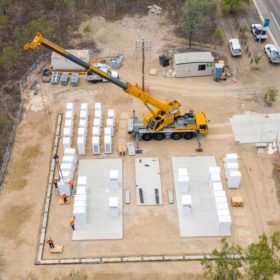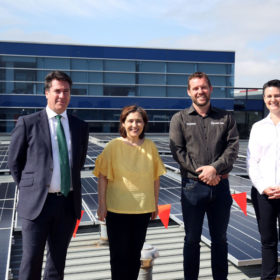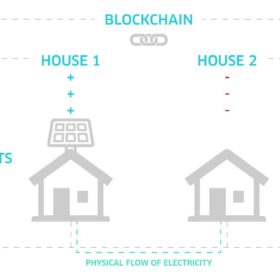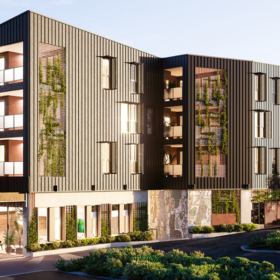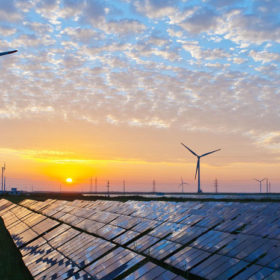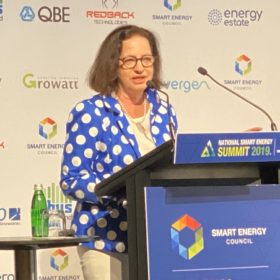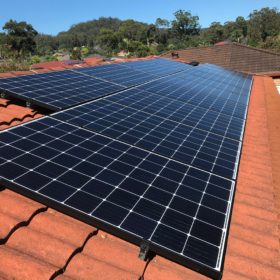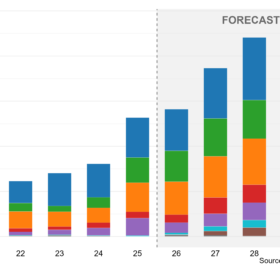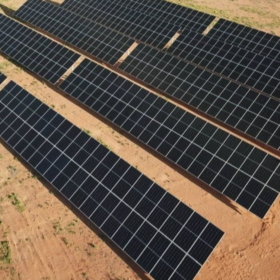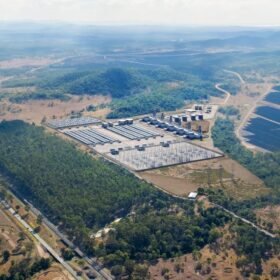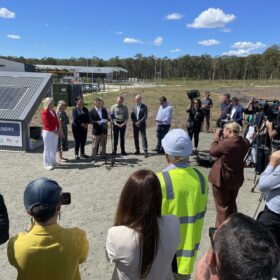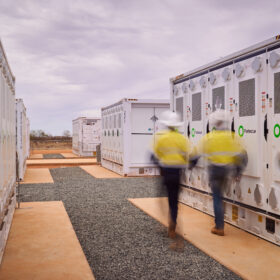Timely Tesla delivery charges Queensland’s community-scale battery toward fruition
Queensland’s first community-scale battery is nearing completion after the delivery of its 4 MW Tesla battery. The battery, to be charged with excess solar power from Townsville’s residential rooftop PV, should connect to the grid by the end of the summer.
Amber Electric: The year when the promise of smart grid begins to be realized at scale
As the energy landscape continues to evolve to meet the needs of the 21st century, digitalization is growing within generation, distribution and transmission. On the demand management side, Amber Electric is seeking to bring transparency to the market, passing wholesale prices directly to consumers for a $10 flat monthly fee. The Melbourne-based start-up is readying to expand its offering in 2020, as home batteries, EV chargers and other smart devices establish a firmer hold in the Australian electricity market, says Dan Adams, co-founder of Amber Electric.
Shared solar switched on at Melbourne apartment block
A microgrid installed on an apartment block in Melbourne will provide clean and affordable electricity to 52 low-income households. It is the first site of Ovida’s Community Energy Hubs project, which will deliver shared solar PV and batteries to more multi-tenanted buildings in the city.
Sonnen, Natural Solar join SA blockchain-enabled virtual power plant
Western Australian energy trading technology company Power Ledger and wholesaler energy retailer Powerclub have teamed up with German battery manufacturer sonnen and solar and battery installer Natural Solar to launch their virtual power plant pilot in South Australia. The project is the first large-scale commercial rollout of blockchain technology for solar energy trading in Australia.
Power Ledger enables solar P2P trading in new Perth development
Peer-to-peer energy trading (P2P), the signature of Power Ledger and already a recognised Australian digital export, is set to be installed into nine apartments in Perth’s eastern suburbs. The development’s integration with smart energy trading technology will allow the space to share a solar PV system and SENEC battery.
AEMO calls for over 30 GW of solar and wind to replace coal-fired generation by 2040
To fill the gap left by retiring coal-fired plants, the Australian Energy Market Operator forecasts that Australia should invest in a further 30-47 GW of new large-scale wind and solar projects by 2040. At the end of the outlook period, AEMO projects that distributed energy resources could provide up to 13% to 22% of total underlying annual NEM energy consumption.
Australian blockchain to track renewable energy credits for Japanese utility
Japan’s second-largest utility KEPCO has extended a demonstration project with Australia’s pioneer in P2P energy trading Power Ledger to create and track renewable energy certificates and trade PV-generated electricity.
AEMO chief says 25% of Australia’s electricity will come from rooftop solar PV by 2040
Australian Energy Market Operator (AEMO) CEO Audrey Zibelman has turned heads at the Smart Energy Council’s National Smart Energy Summit in Sydney, saying that by 2040, 25% of Australia’s electricity will be produced by rooftop solar PV.
SolarEdge smart panel: “Quick installations give me time for more quotes in the afternoon”
With all the benefits of its power optimization and smart monitoring system, SolarEdge’s new Smart Panels allows for quick installation, with the array’s key components all covered “under the same umbrella.” For installer Joe Harvey from SEA Solutions on the NSW Central Coast, the new integrated module offering has reduced costs for both him and his customers: “We’ve found that everyone wins.”
Elon Musk calls for an ‘immediate’ and ‘significant increase’ in Tesla’s solar installs
Tesla was once the unquestioned leader in the residential rooftop market with a market share of around 33 percent, but today, the company is No. 3, and its market share during the first quarter was a little more than 6 percent.
